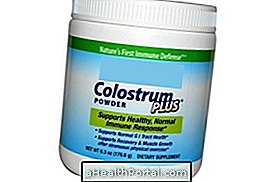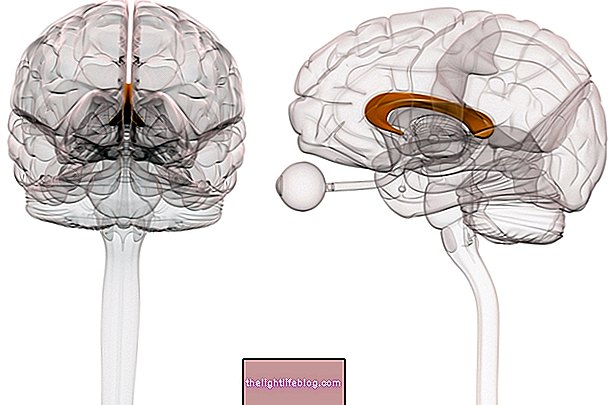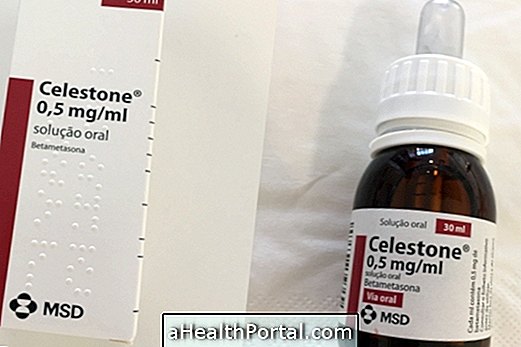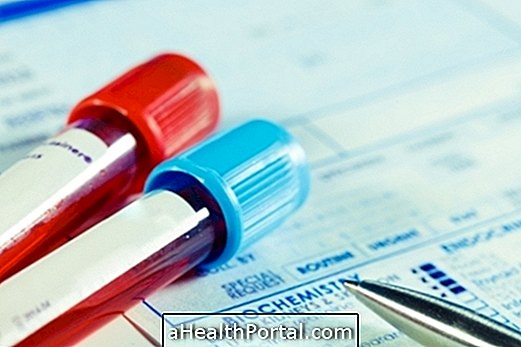Symptoms of shrimp allergy may appear immediately or a few hours after shrimp ingestion, with swelling occurring on regions of the face such as eyes, lips, mouth and throat.
In general, people with shrimp allergies are also allergic to other seafood, such as oysters, lobster and seafood, and it is important to be alert to the occurrence of allergy related to these foods and, if necessary, to remove them from the diet.
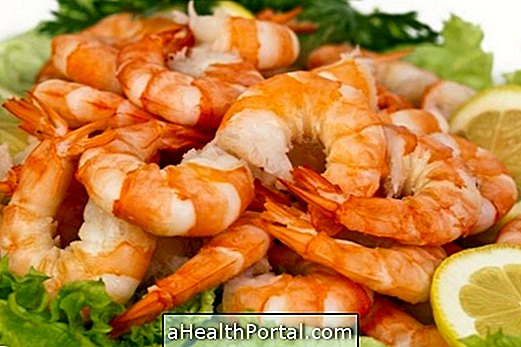
Symptoms of shrimp allergy
The main symptoms of shrimp allergy are:
- Itching;
- Red plaques on the skin;
- Swelling of the lips, eyes, tongue, and throat;
- Difficulty breathing;
- Abdominal pain;
- Diarrhea;
- Nausea and vomiting;
- Dizziness or fainting.
In more severe cases, the allergy can cause an overreaction of the immune system, causing anaphylaxis, a serious condition that should be treated immediately in the hospital as it can lead to death. See the symptoms of anaphylactic shock.
How to make the diagnosis
In addition to assessing the symptoms that appear after consumption of shrimp or other seafood, the doctor may also ask for tests such as the skin test, in which a small amount of the protein found in shrimp is injected into the skin to see if there will be a reaction, and the blood test, which checks for the presence of defense cells against shrimp proteins.

How to treat
The treatment for any type of allergy is done by withdrawing food from the patient's food routine, avoiding the onset of new allergic crises. When symptoms arise, the doctor may prescribe antihistamines and corticosteroids to improve swelling, itching, and inflammation, but there is no cure for allergy.
In cases of anaphylaxis, the patient should be taken immediately to the emergency room and in some cases the physician may recommend that the patient always walk with an epinephrine injection to reverse the danger of death in an allergic emergency. See first aid for shrimp allergy.
Allergy to preservative used in frozen foods
Sometimes allergy symptoms arise not due to shrimp, but rather because of a preservative called sodium metabisulfite, which is used in frozen foods. In these cases, the severity of the symptoms depends on the amount of preservative consumed, and the symptoms do not arise when the fresh shrimp is ingested.
To avoid this problem, one should always look at the list of ingredients on the product label and avoid those containing the sodium metabisulfite.



